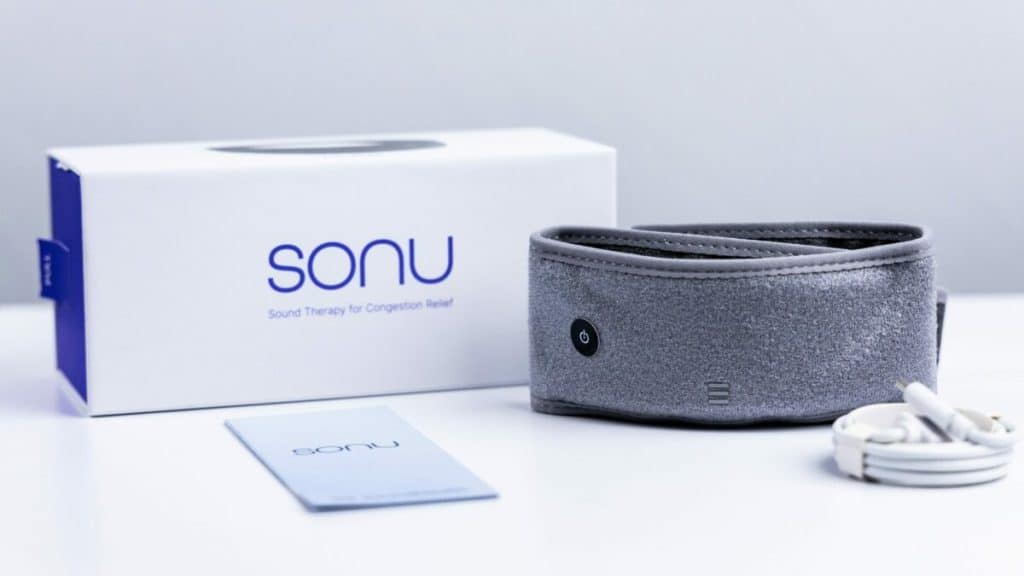Rhinitis affects more than just the nose. It disrupts sleep, focus, and daily comfort. Common remedies like sprays and pills often fall short of lasting relief. This has sparked interest in resonance therapy, which uses sound vibrations to target nasal congestion at its source. Wearable devices now deliver these frequencies to support clearer breathing and sinus relief.
What Exactly Is Resonance Therapy?
Resonance therapy involves using sound vibrations to stimulate specific areas of the body. Brand devices, for example, the SONU Band, apply these vibrations to the nasal passages and sinus cavities, aiming to support individuals with rhinitis. The goal is to reduce inflammation, improve airflow, and encourage the drainage of mucus without the use of medication.
The science is rooted in acoustic principles. Every part of the body has a natural frequency. When exposed to matching external frequencies, tissues and cells may respond in ways that encourage healing or relaxation. With rhinitis, this means easing sinus pressure and clearing nasal pathways.
Why It’s Gaining Attention
Resonance therapy is drug-free. Many individuals experience side effects from over-the-counter treatments, like drowsiness, dependency, or tolerance buildup. Resonance therapy avoids these pitfalls altogether. It’s non-invasive, doesn’t require a prescription, and can be used regularly without concerns about long-term risks.
Clinical interest has also grown around this method. Early studies have shown that consistent sound-based therapies can improve nasal airflow and reduce congestion. Some trials have reported decreased inflammation markers in the nasal tissue after exposure to specific acoustic frequencies. While more research is always welcome, the current findings offer hope for those who haven’t found success through traditional treatments.
Ease of Integration into Daily Life
Another reason for its rising popularity lies in its simplicity. Many of the latest devices designed for this therapy are compact, wearable, and easy to use. Sessions can be conducted from home, even while performing other activities like reading or relaxing.
With innovative technology now incorporated into some of these devices, users can customize their therapy settings. This ensures the sound waves are tailored to their symptoms or sinus structure. Tracking progress and adjusting treatment through connected mobile apps adds a modern layer of convenience that aligns with current health-tech trends.
Advancements in Wearable Resonance Devices
The technology powering resonance therapy has seen significant refinement. Newer devices are more precise and user-friendly. Some models are even engineered with facial mapping sensors that align sound delivery to each individual’s unique anatomy. This increases effectiveness and enhances comfort.
Built-in guidance systems walk users through optimal session times and techniques, ensuring better outcomes. These innovations allow therapy to adapt to the user, not the other way around, making it accessible for people across different age groups and health conditions.
Resonance therapy is shifting the way chronic nasal conditions are approached. It’s not just another gadget or passing health trend. Its foundation in acoustic science and modern wearable tech makes it a practical and promising alternative. For those battling persistent rhinitis, it offers a fresh path forward that is simple, non-invasive, and rooted in natural principles. Devices like the SONU Band demonstrate how targeted sound frequencies can support this approach. As interest grows, this sound-based method may soon become a staple in the broader conversation around respiratory health and comfort.

